By Georgia Bignold
What is a Waxwing?
Waxwings are a type of songbird found in two varieties here in Alberta: the cedar waxwing and the bohemian waxwing. The term ‘waxwing’ refers to the waxy secretions these birds produce on their wing tips. The function of these secretions isn’t fully understood, but scientits suspect they are related to attracting mates. These two species may look similar, but there are a few ways to tell them apart!
The cedar waxwing has a white undertail and a slender body shape. They are mostly brown with a pale yellow belly, and red wing tips that never include any white.
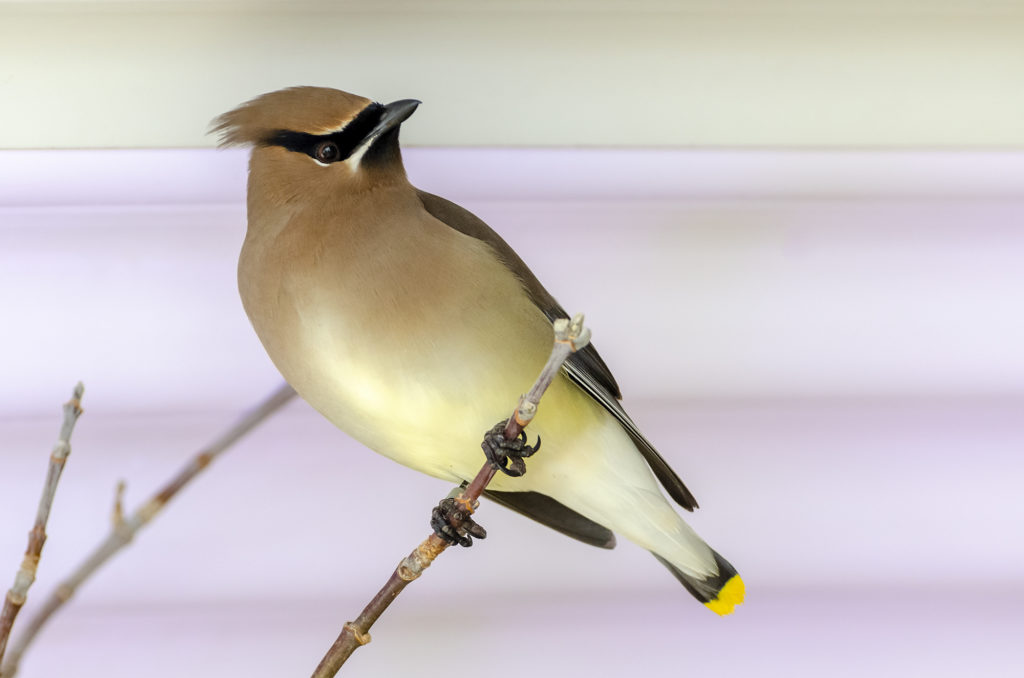
On the other hand, the bohemian waxwing has an orange-red undertail and a round body shape. They also are primarily grey, and have white feathers on their wings in addition to the usual red and yellow.
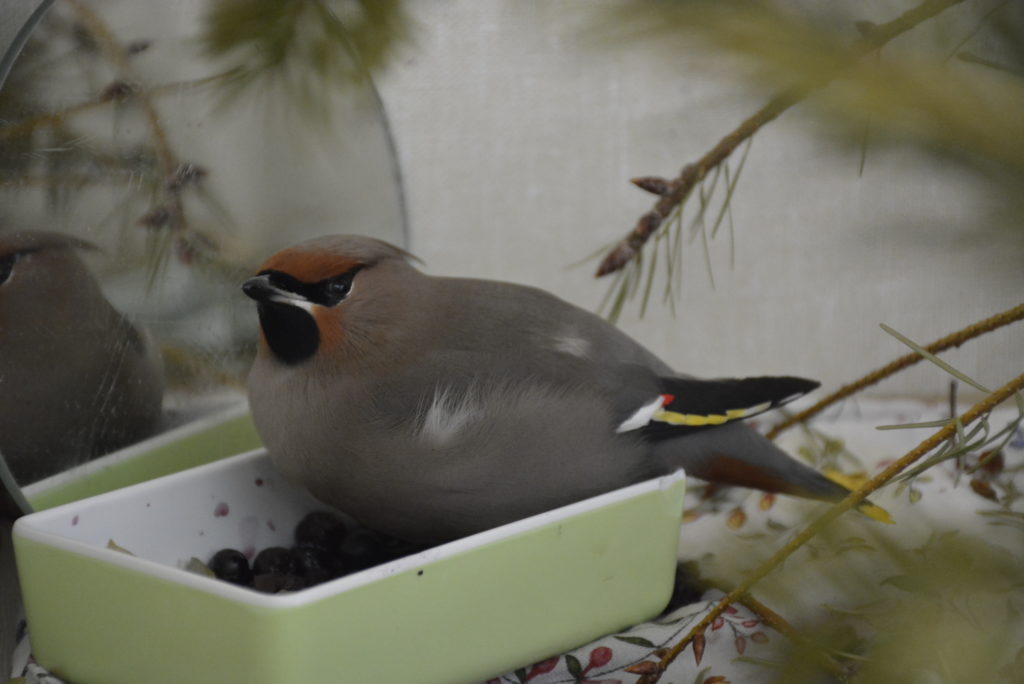
Waxwing Migration Patterns
In addition to the physical differences between the cedar and bohemian waxwing, they also have different migration patterns.
The bohemian waxwing gets its name for its tendency to exhibit nomadic migration patterns, meaning they move irregularly from year to year. They do not return to the same locations each year; instead, they tend to breed and overwinter in areas with better food supplies. This makes their migration patterns much more unpredictable compared to other species. Their breeding range includes areas of Alaska, Yukon, and the Northwest Territories, while their migratory range includes most of southern Canada, including all central and southern Alberta, and the northern USA. Significant parts of Alberta and BC are also home to the bohemian waxwing year-round.
Comparatively, the cedar waxwing prefers breeding in southern Canada, including most of BC, the prairie provinces, and the eastern provinces. The most southern areas of the prairies and northern parts of the USA are home to the cedar waxwing year-round. Winter sees the cedar waxing spending time mostly in central and southern areas of the USA in addition to central America.
Winter Window Hazards
In the winter, it is common for waxwings to collide with windows. Like many other birds, they can often mistake transparent windows for safe passageways; however, they are quickly hit with reality, literally!
Unlike many other bird species, waxwing collide with windows more often during the winter months. Why is this you might ask? It’s all to do with food! Bohemian and cedar waxwings are particularly fond of mountain ash berries as a tasty snack. These berries stay on the trees even when the days get colder, and the frost and snow arrive. Mountain ash berries undergo freezing fermentation, which is when sub-zero temperatures cause the berries to start fermenting. As the berries ferment on their branches, waxwings enjoy a berry feast! Once they have sufficiently indulged themselves and try to fly to their next destination, they begin to have trouble navigating because, well, they are drunk.
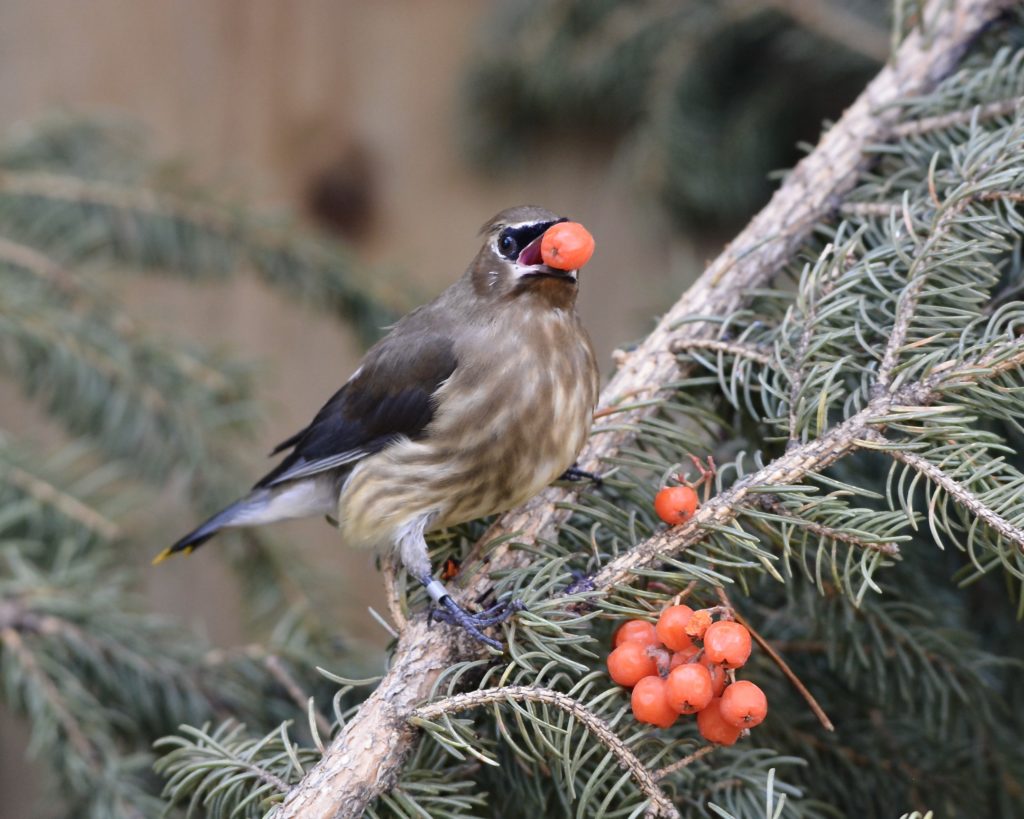
While the liver of the waxwing can handle filtration of some alcohol, it becomes quickly overwhelmed. Alcohol is not only produced during the frozen berry fermentation process but also within the internal food pouch of the waxwing which allows for a second fermentation. Ultimately, this combination results an excess of alcohol that the waxwing liver is not able to deal with! Considering waxwings will eat their own body weight in mountain ash berries each day, there is a large amount of intoxication, unsteady flying, and some unlucky window collisions.
How Can We Help?
There are a few things you can do to reduce the frequency of waxwing window collisions this winter. You can prevent collisions by partially closing curtains or blinds to reduce the transparency of windows. You can also add window decals or tape strips like these: https://aiwc.shop/products/window-collision-tape?_pos=1&_sid=c9c2fd27a&_ss=r
If a wayward waxwing does strike a window, the best thing to do is put them in a cardboard box that has small holes punched in the sides. Keep them in a warm, dark, and quiet environment for up to an hour to see if they are able to recuperate before releasing them back outside. If the bird is injured and unable to recuperate on its own, it is best to contact AIWC at 403-946-2361.
Let’s all do our part to ensure the safety of our waxwing friends by helping to prevent drunk flying accidents this winter!

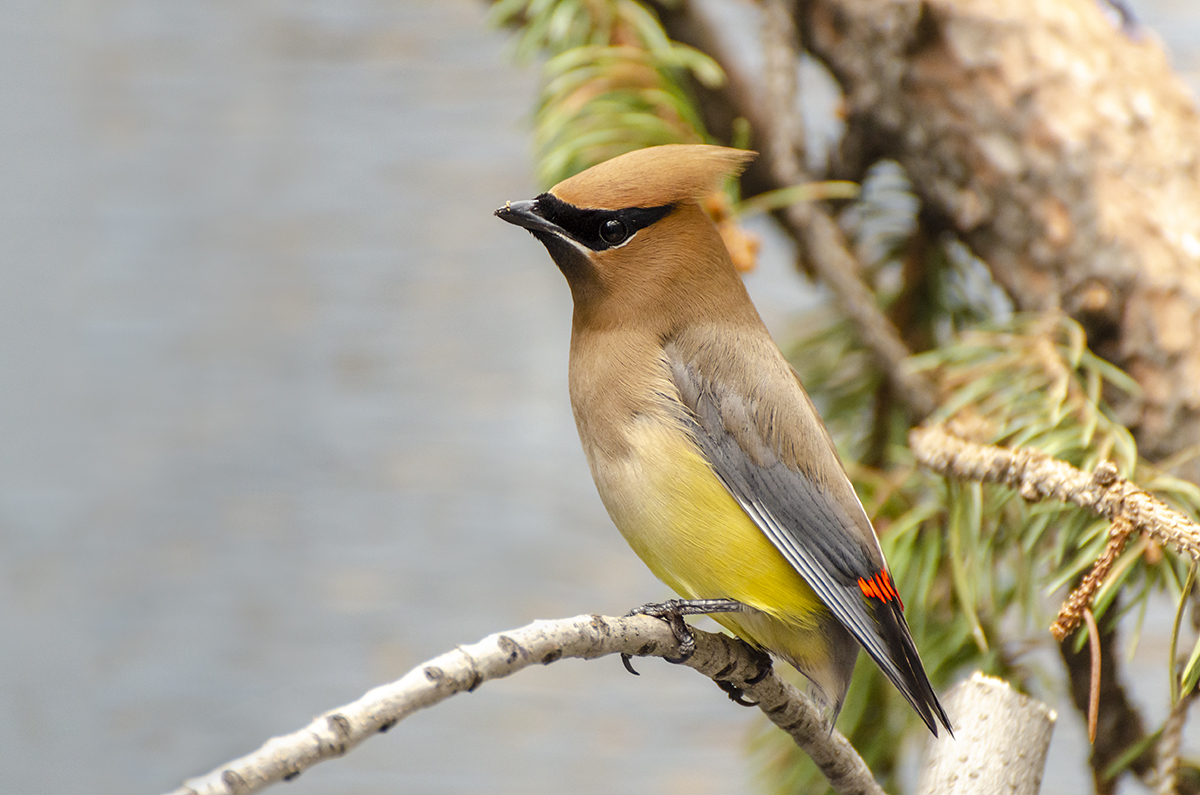


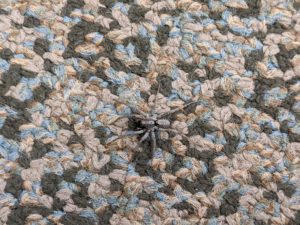


1 thought on “Winter, Waxwings, and Window Strikes”
How is the COVID situation over there?